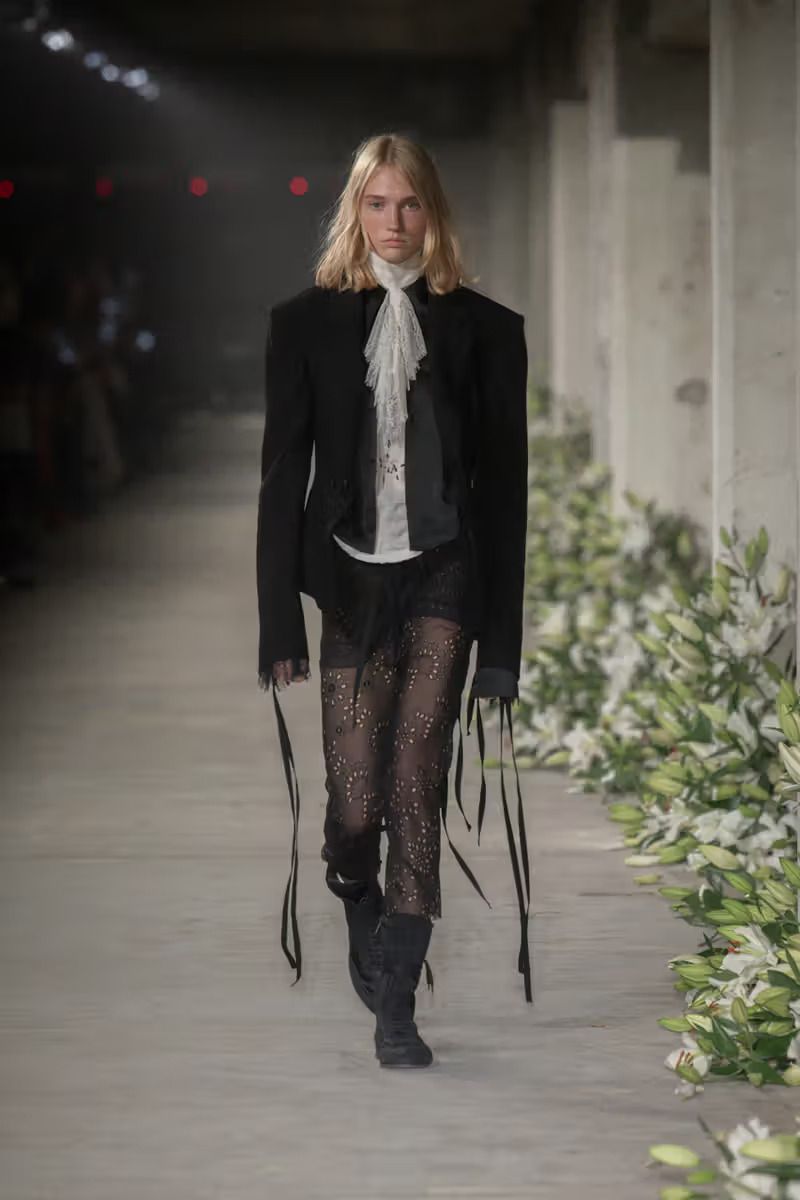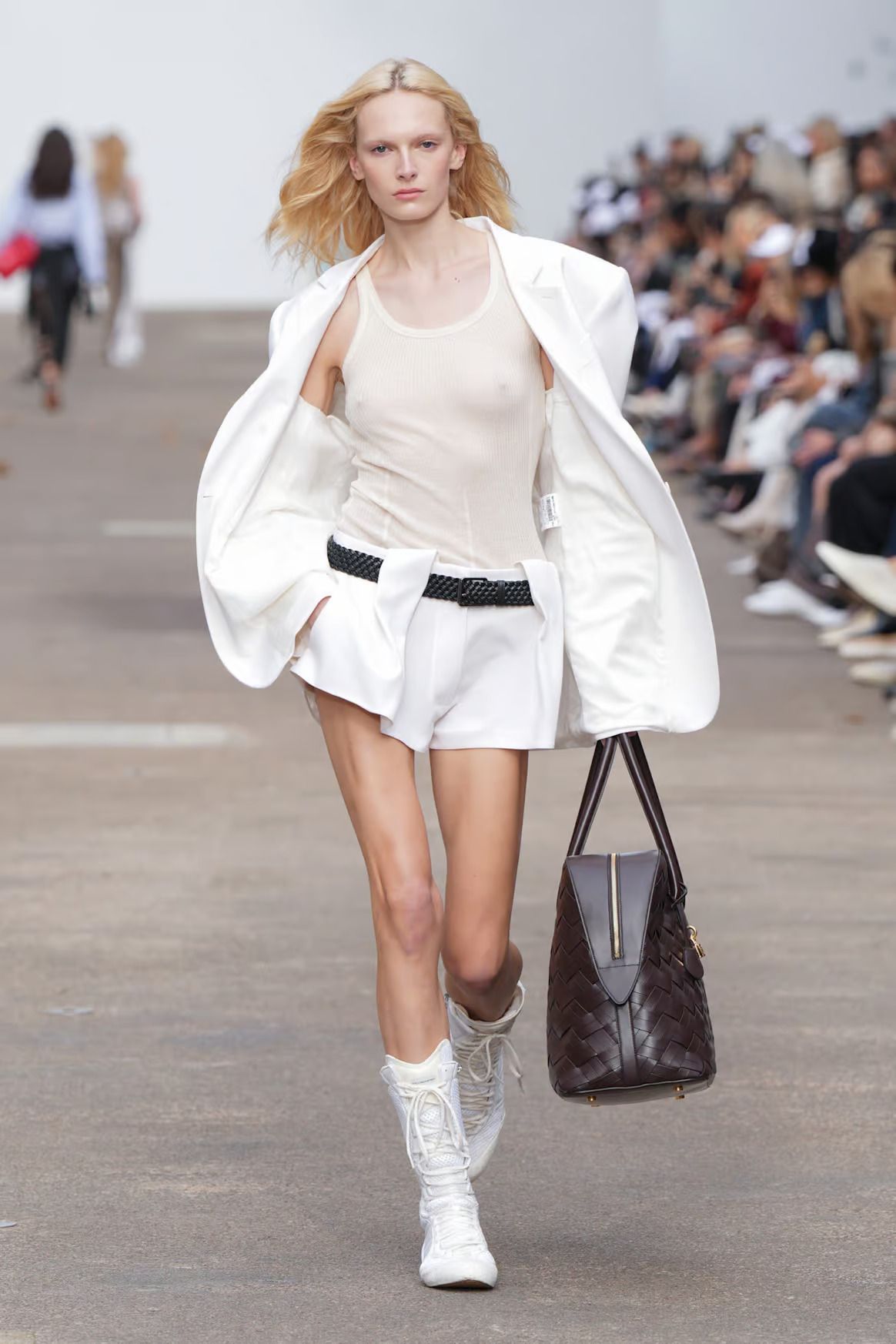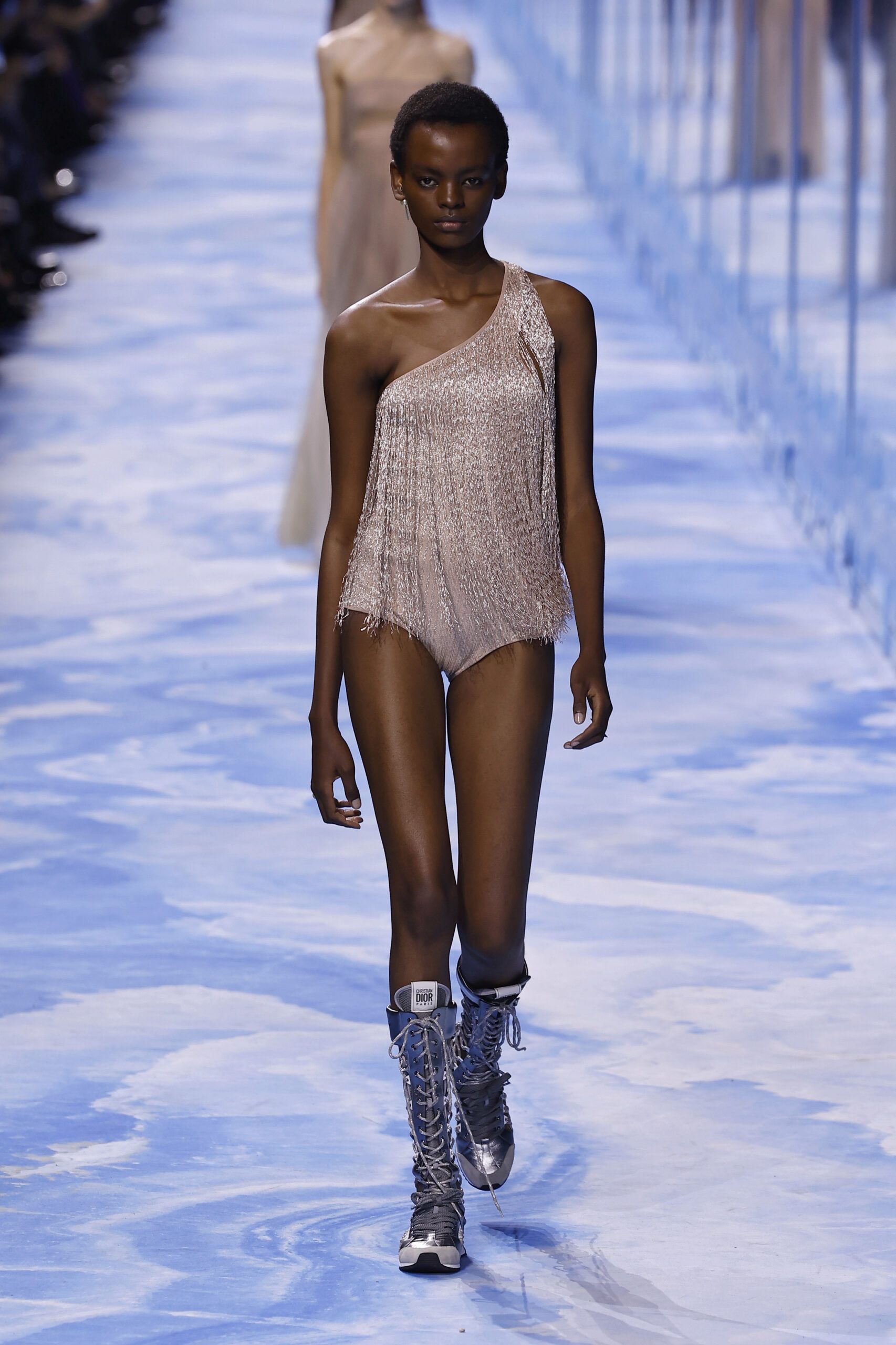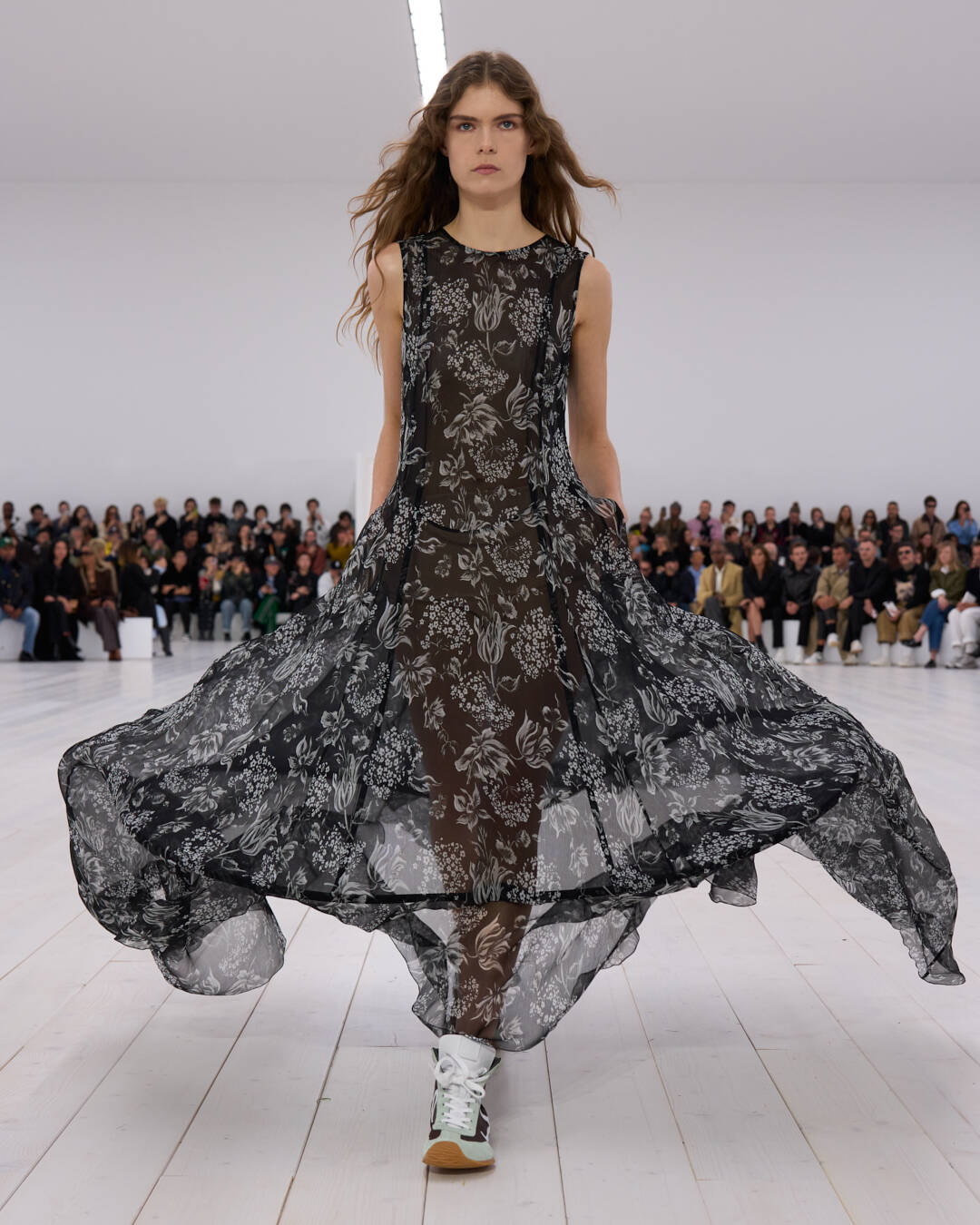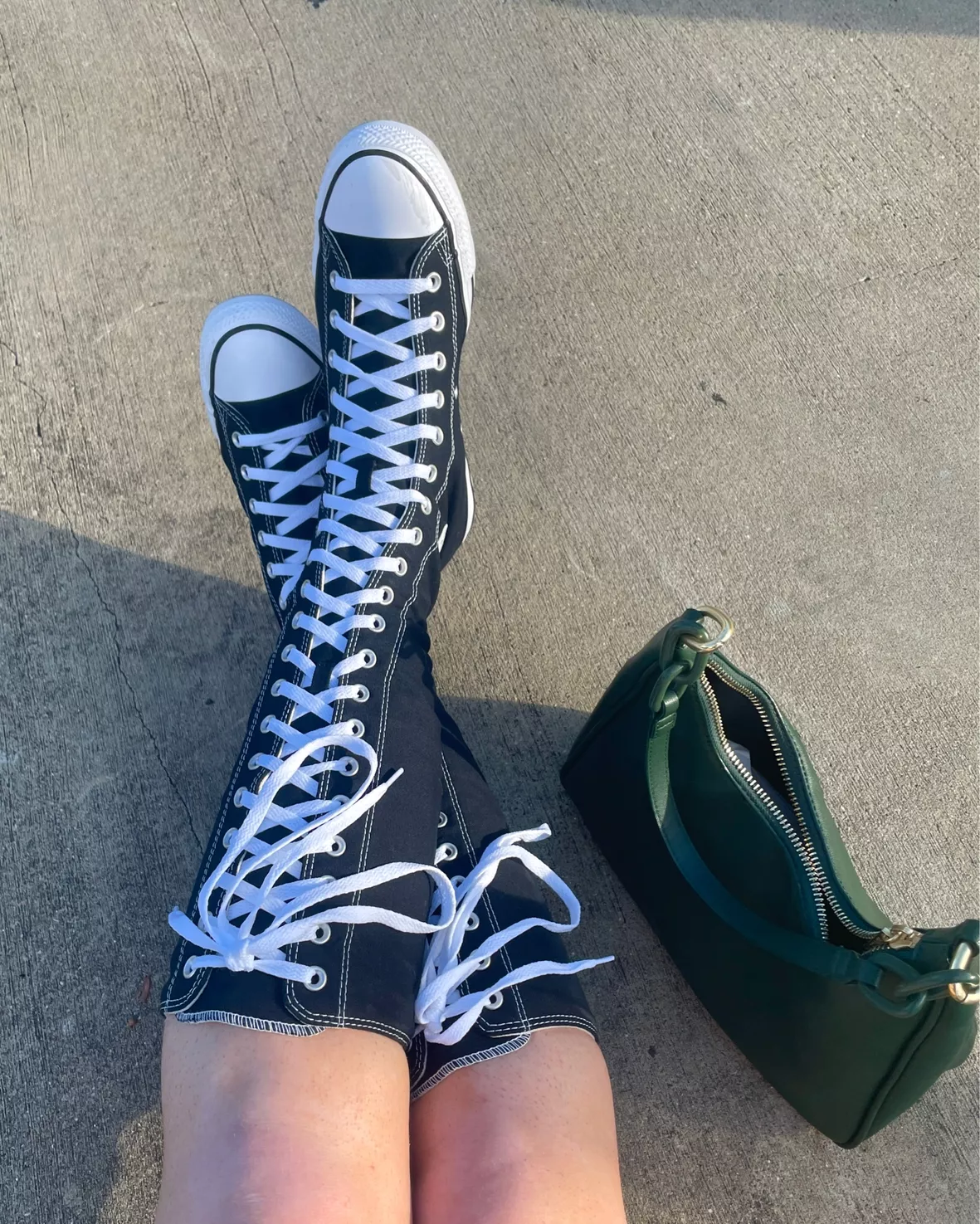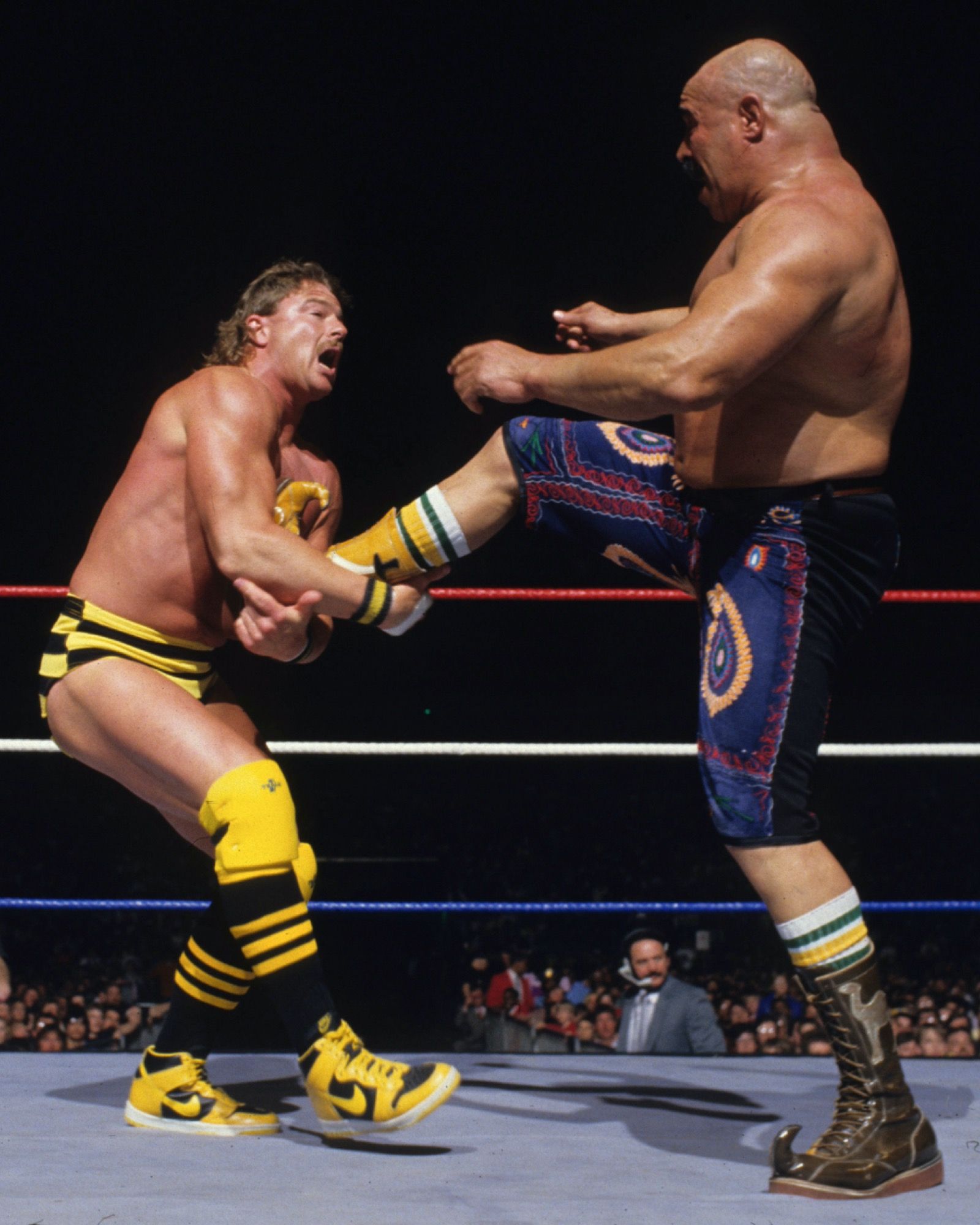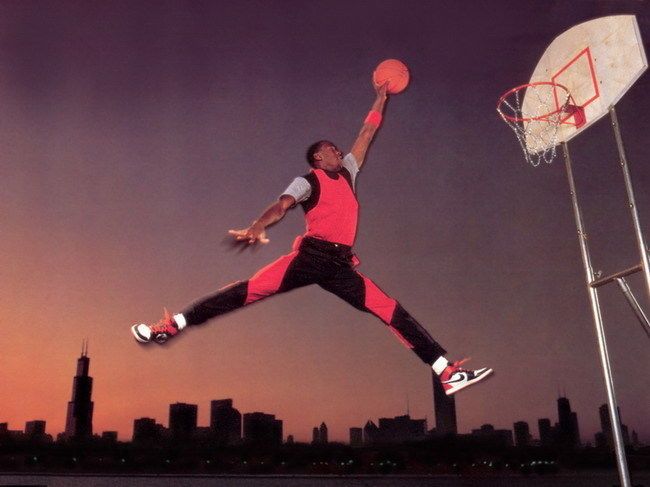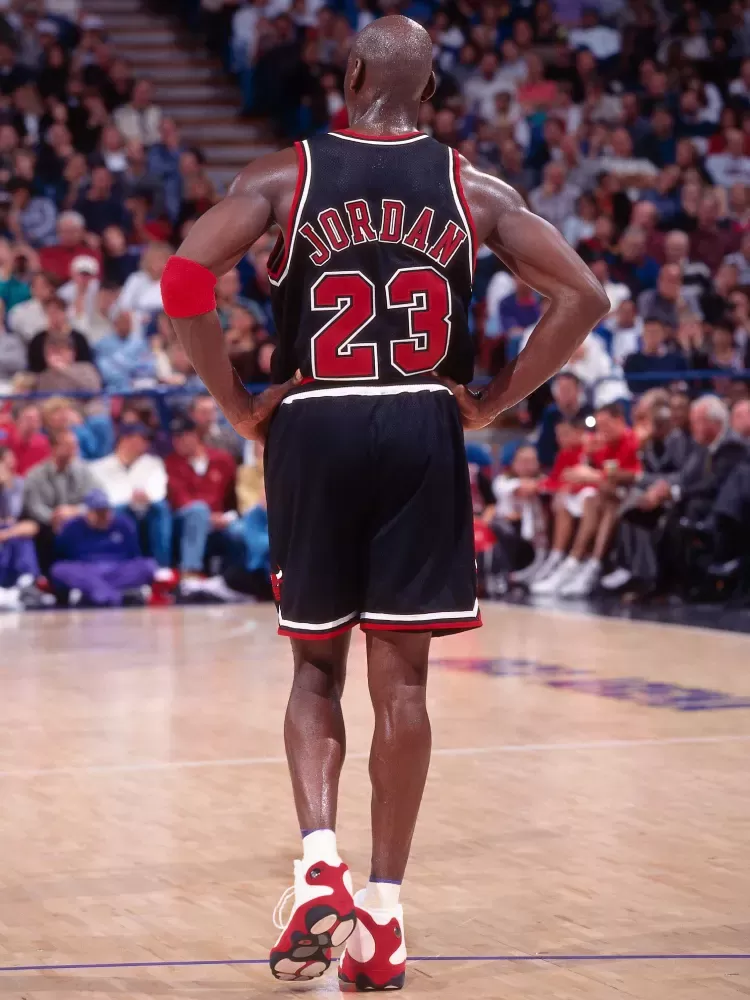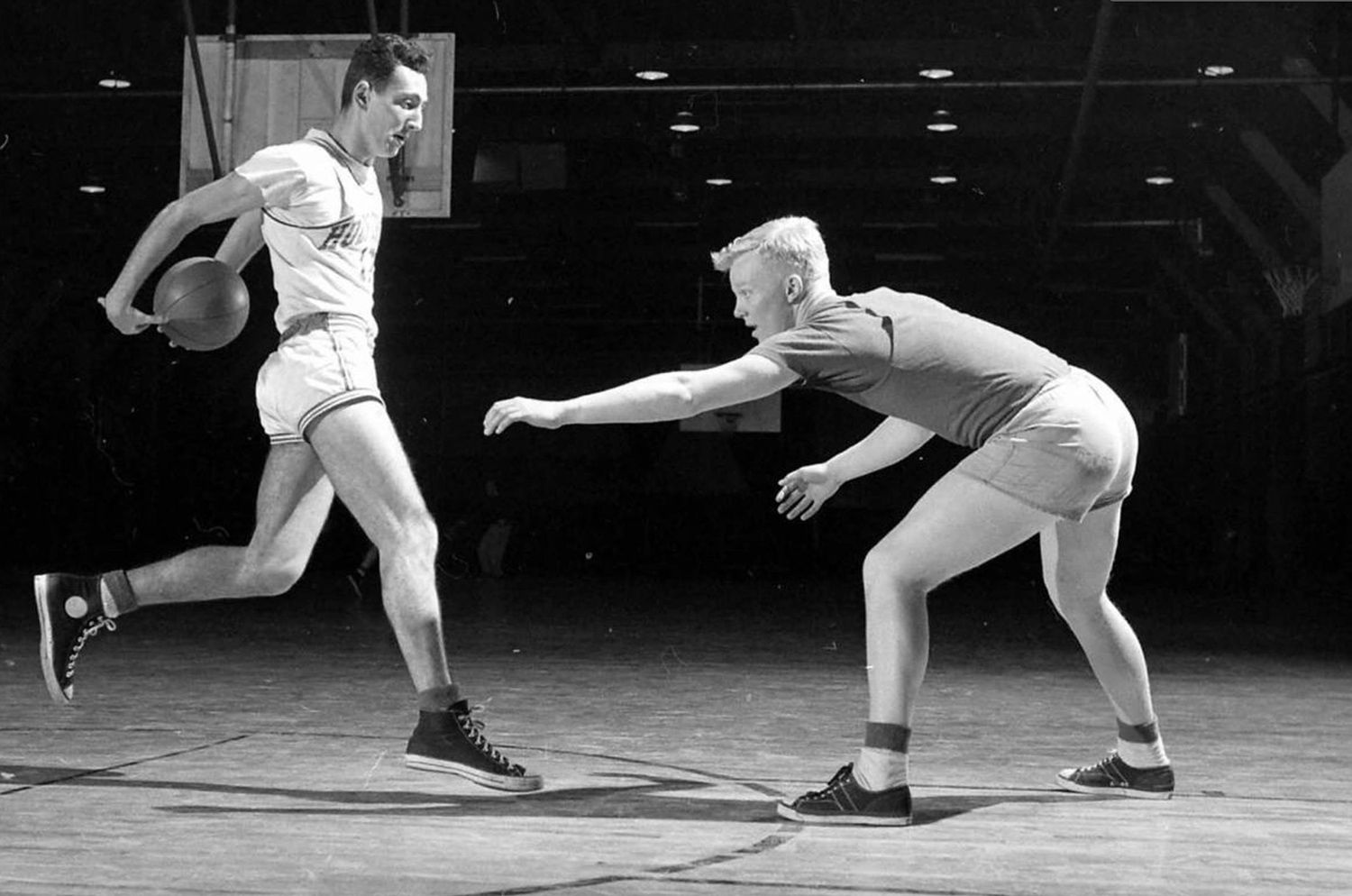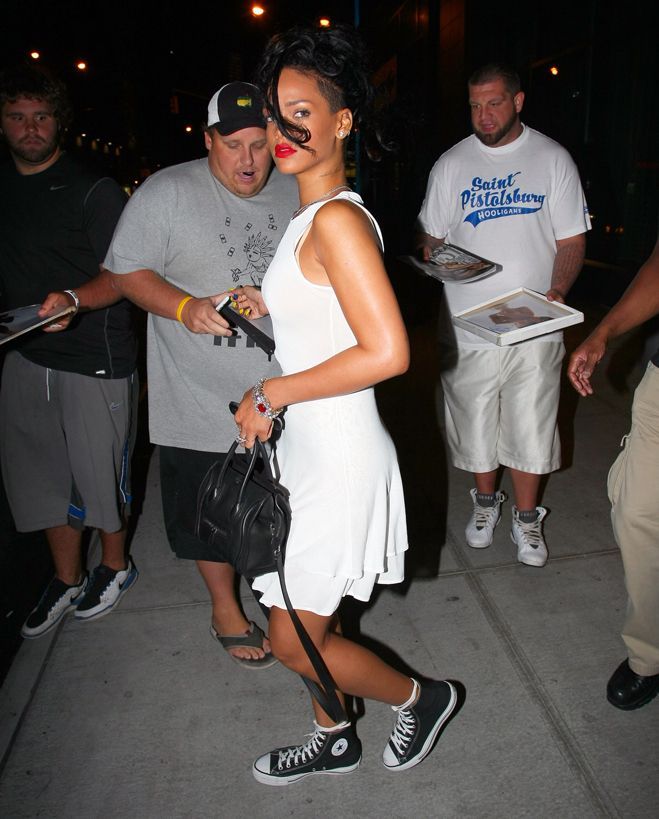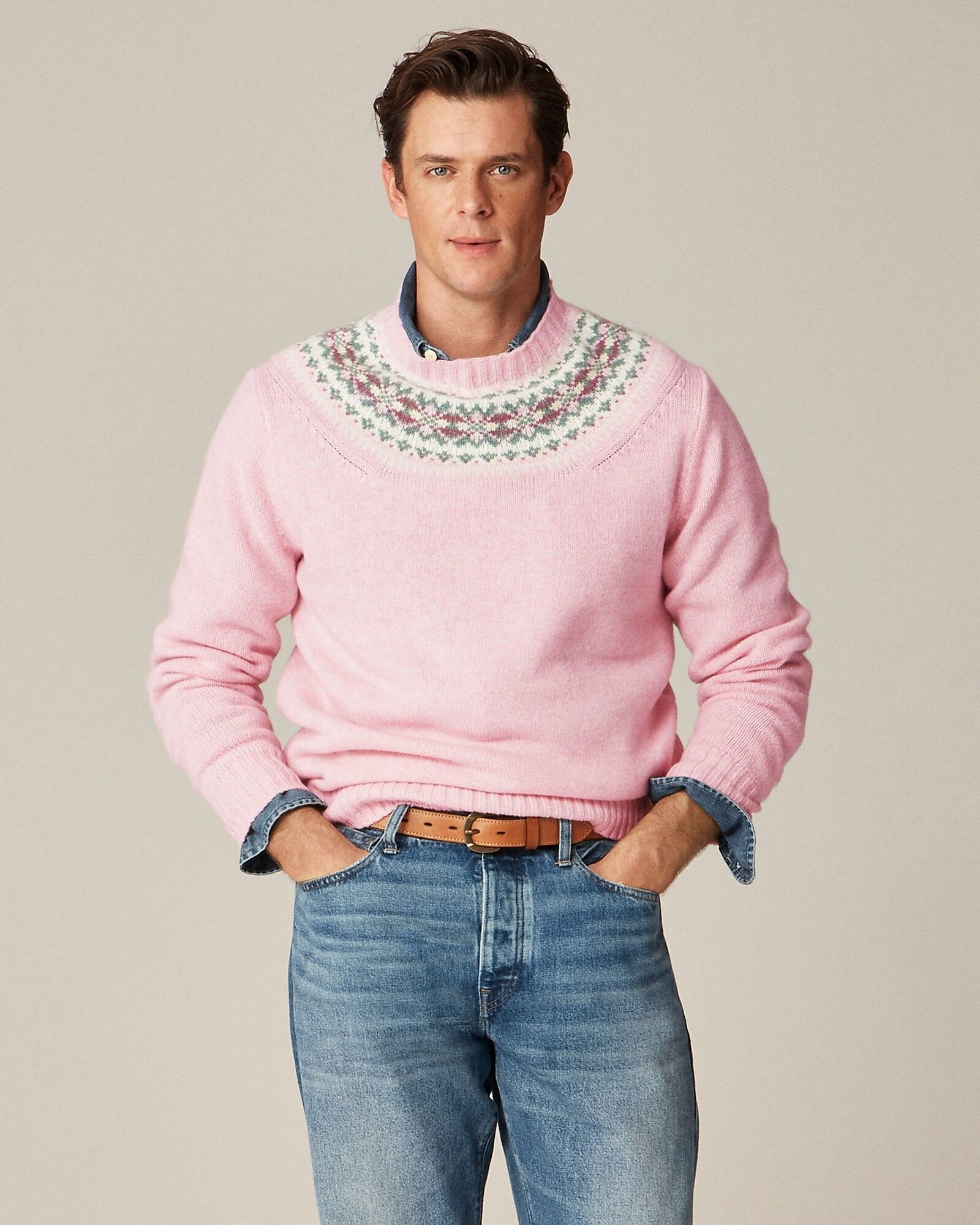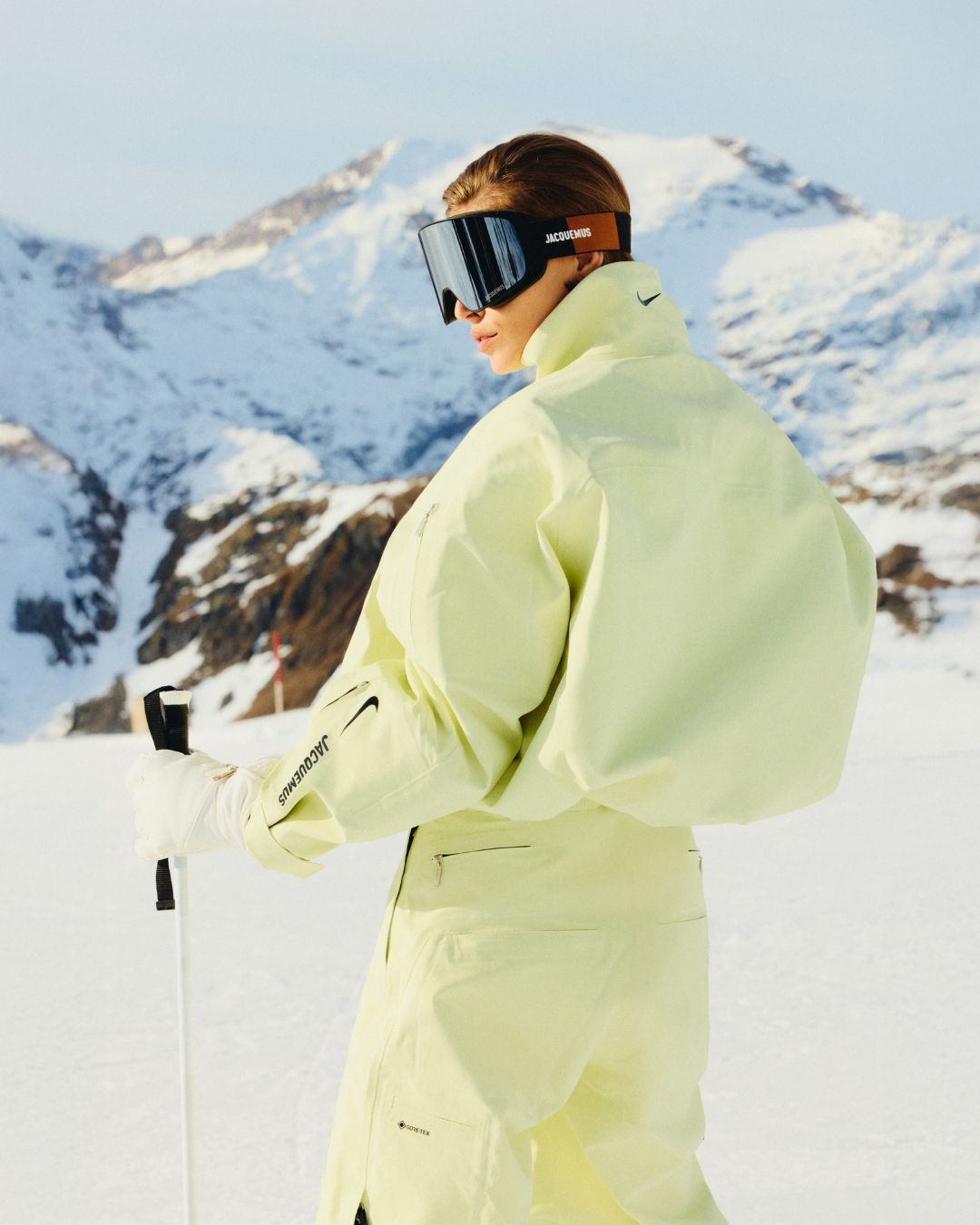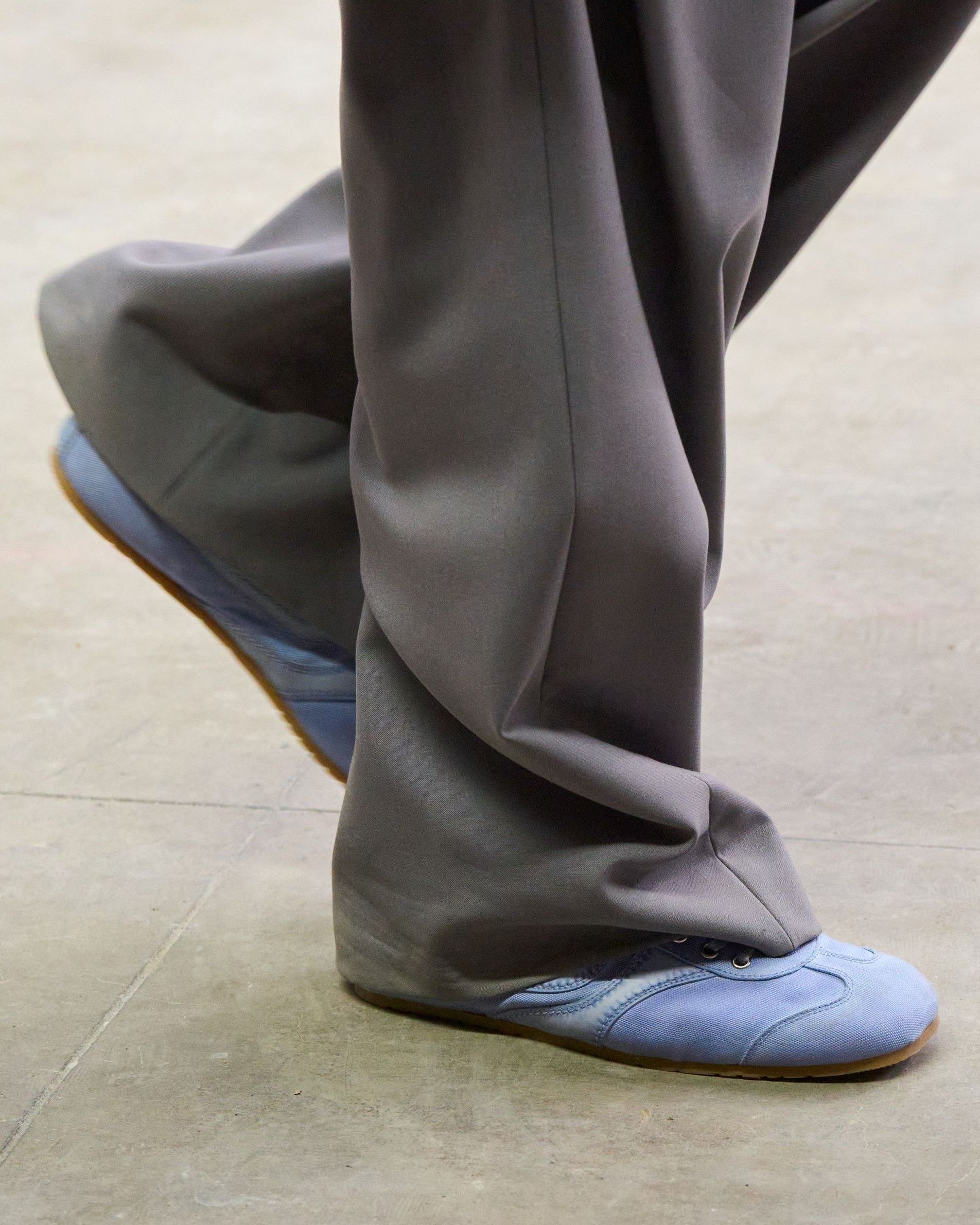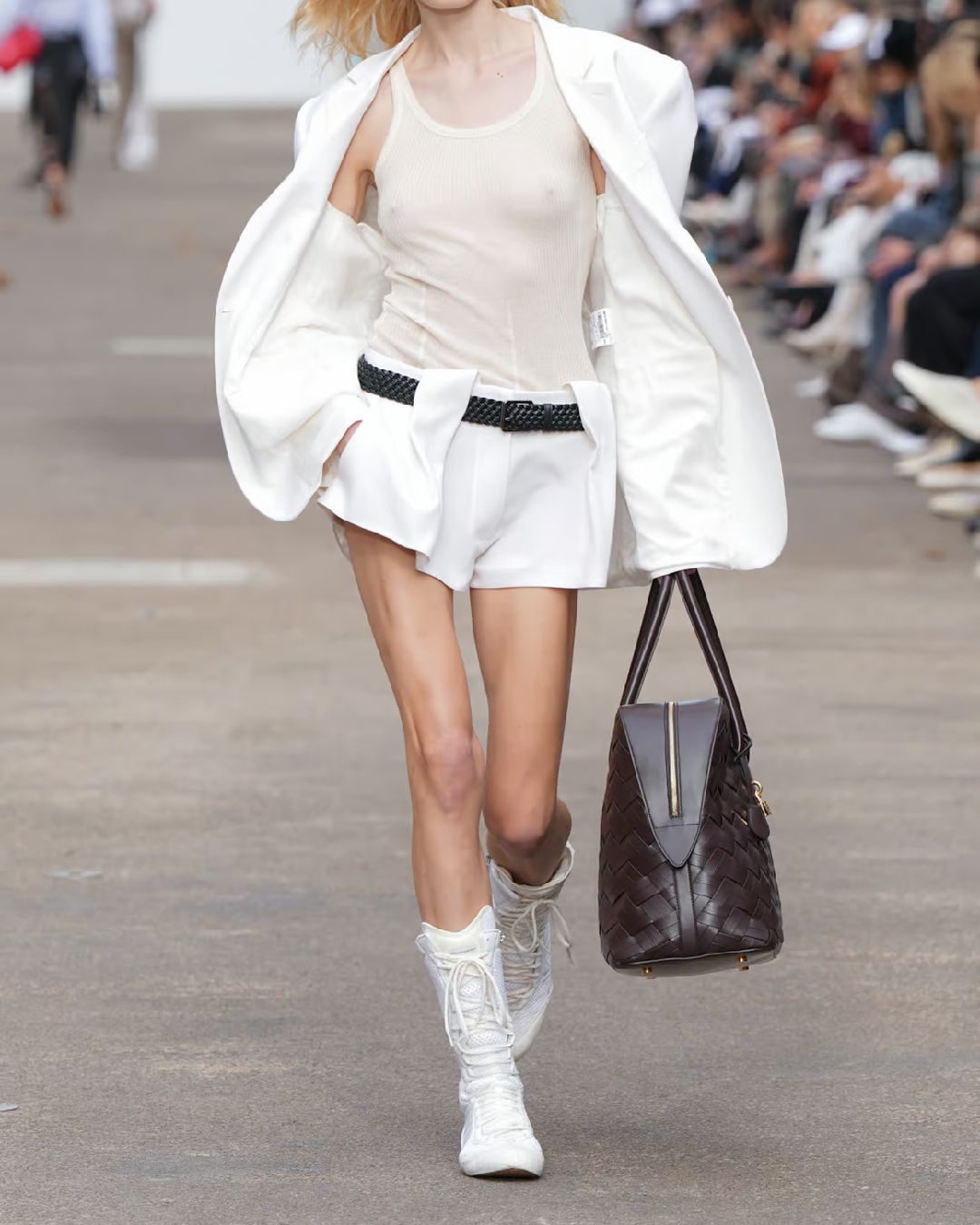
History and comeback of high-top sneakers The new look comes straight from the 2000s
It was the world of music that introduced high-top sneakers into the social fabric of the 2000s, granting them international visibility. This is remembered in photos that capture the fashion of the time: Avril Lavigne with a pair of Converse high-tops at the Billboards Music Awards in 2002, and Rihanna with a pink pair on the red carpet at the Teen Choice Awards in 2005. Shortly after, Vans high-tops, a staple of skater fashion, began appearing on some of the most famous feet in England, including those of David Beckham and later Justin Bieber. Today, driven by a wave of nostalgia now contagious in the fashion industry, high-top sneakers are once again populating runways for Spring Summer 2025. Before making their way into the wardrobe of the first "emo kids" of the 2000s, this footwear shaped the history of competitive sports, from basketball to boxing—two very different influences that continue to impact the new models showcased at Fashion Week.
The history of high-top sneakers
During World War I, when the physical inadequacy of American citizens became evident, the country began to emphasize athletic performance. America launched a campaign to raise awareness of the importance of sports among young people, using fashion as a marketing tool for change. In this context, sneakers were born—shoes designed with rubber soles to enable quiet movement, suitable for sneaking, or moving silently into enemy territory. The first high-tops in history are actually attributed to Converse, which launched the All-Star in 1917. Recognized for their round patch that protected the ankles, this model was initially intended for basketball. The rise of the All-Star continued thanks to collaboration with basketball player Chuck Taylor—today, they're also known as "Chucks"—a duo that anticipated the phenomenon of sports and fashion partnerships, paving the way for the success of Air Jordans. In the 1990s and 2000s, high-top sneakers were also adopted in the worlds of boxing and wrestling. Among those who popularized this trend were the Killer Bees—a team comprising boxers Jim Brunzell and B. Brian Blair who, in 1987, stepped into the ring with yellow and black high-top Nike Dunks, and, of course, John Cena, who famously paired high-top sneakers with jorts, sporting brands like Air Jordan, Under Armour, and the iconic Reebok Pump.
High-top sneakers in Fashion Week
For Spring Summer 2025, in the gardens of the Vincennes castle in France, Jonathan Anderson revisited the origins of the Spanish brand Loewe with a collection inspired by the proportions and artistic productions of the nineteenth century. Accompanying floral dresses and feathers were high-top sneakers in blue, brown, pink, and black, with the brand’s logo stitched onto the side of the shoe. At Dior, the sneakers became part of an ancient world aesthetic. The models resembled Greek deities, exuding elegance and an athletic poise in modern gladiator sandals. Designed by Maria Grazia Chiuri, the sneakers reimagined the ancient Greek shoe with unusual heights, side openings, and laces woven up to the knee. Chemena Kamali, the new creative director of Chloé, also embraced the distinctive silhouette of 2000s high-tops for the SS25 show. Among bohemian looks featuring ruffles, semi-transparent fabrics, lace, and floral patterns, there was a pair of neutral-toned sneakers with a high white tongue and a wide sand-colored strap. This year, Stella McCartney joined the list of high-top sneaker admirers: highlighting the theme of the show, inspired by birds, there was also adidas, in partnership with the British brand. Besides a white boot-like sneaker entirely made with vegan materials, the duo created a shoe adorned with white laces extending like fringes behind the heel, a nod to bird tails. Finally, the Belgian brand Ann Demeulemeester offered its gothic take on high-tops with a punk boot featuring laces and ribbons wrapped around the calves.










































